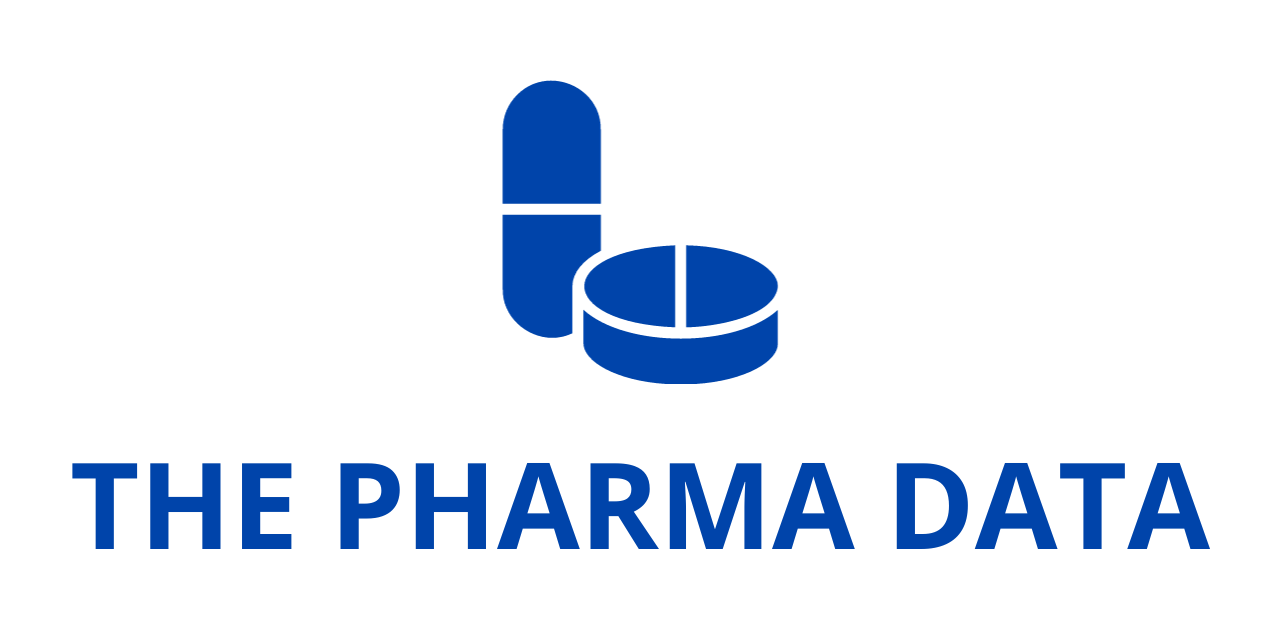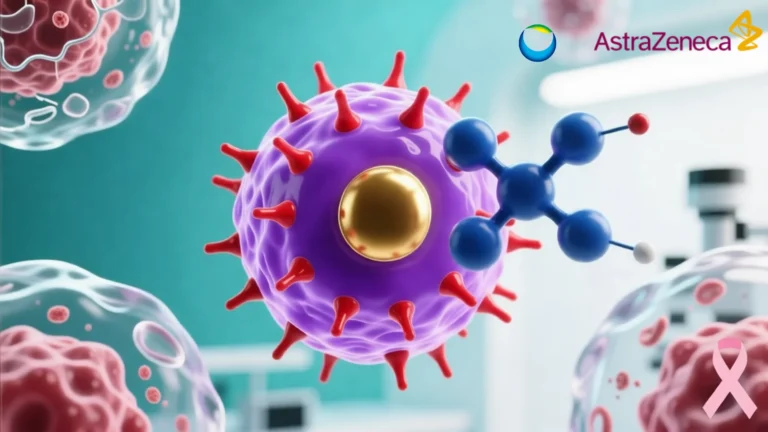
Broken String Biosciences Unveils Catalyst Program to Accelerate Gene Editing Therapy Development
Broken String Biosciences a leader in advancing gene editing safety, has officially launched its Catalyst Early Access Program (EAP), an initiative designed to revolutionize the way gene-edited therapies are developed. This program provides select biopharmaceutical companies with direct access to Broken String’s cutting-edge INDUCE-seq® platform, allowing them to detect both on-target and off-target edits with unprecedented resolution in just days, all from within their own laboratories.
Transforming Gene Editing with INDUCE-seq®
The INDUCE-seq® platform represents a major leap forward in gene editing safety assessment. Traditionally, the detection of unintended genomic modifications has been a time-consuming and resource-intensive process, often delaying therapeutic development by months. By offering INDUCE-seq® as an on-premise solution, the Catalyst EAP empowers gene editing researchers to integrate high-resolution analysis into their workflows seamlessly, reducing reliance on costly external testing services and accelerating therapeutic advancements.
With the ability to rapidly assess on- and off-target effects in clinically relevant samples, INDUCE-seq® addresses a key regulatory challenge: the need for robust and unbiased genome-wide insights. Unlike traditional PCR-based methods, which may introduce biases and overlook low-frequency unintended edits, INDUCE-seq® provides comprehensive, direct measurement of double-strand DNA breaks (DSBs) induced by CRISPR and other gene editing technologies.
Addressing a Critical Industry Bottleneck
Broken String Gene editing has reached an inflection point. As therapeutic candidates move toward clinical applications, developers face increasing pressure to standardize safety protocols and ensure regulatory compliance. One of the primary obstacles in this field has been the lack of a universally accepted method for detecting unintended genomic modifications. Broken String’s Catalyst EAP aims to fill this gap by delivering a technology that is both highly sensitive and scalable, allowing gene therapy developers to:
- Evaluate the efficacy of guide RNAs by screening for on-target editing efficiency.
- Detect rare off-target events that may have significant safety implications.
- Streamline regulatory approval processes by integrating robust safety characterization early in development.
According to Felix Dobbs, Ph.D., co-founder and Chief Executive Officer of Broken String Biosciences, “The gene editing industry has reached an inflection point, where the momentum required to reach its potential can only be sustained by expanding patient access—which requires standardization, faster drug development, and robust safety characterization. Our Catalyst program will enable faster and broader industry-wide adoption of INDUCE-seq® and position this as an essential technology for the next wave of gene-editing-based therapeutics.”
The Catalyst Early Access Program: A Game-Changer
The Catalyst EAP is a milestone in the democratization of gene editing safety assessments. Companies that enroll in the program gain access to a five-tiered system designed to integrate INDUCE-seq® seamlessly into their development pipelines:
- Onboarding & Training: Participants receive comprehensive training on how to integrate INDUCE-seq® within their laboratories.
- Initial Pilot Studies: Small-scale studies help companies validate the technology and assess its compatibility with existing workflows.
- Full-Scale Integration: INDUCE-seq® becomes a routine part of early-stage therapeutic screening, allowing for real-time insights.
- Regulatory Strategy Development: Data generated through INDUCE-seq® can be used to support Investigational New Drug (IND) applications and other regulatory submissions.
- Ongoing Support & Optimization: Continuous updates and support from Broken String ensure that Catalyst participants stay ahead of the curve.
By allowing participants to conduct high-resolution genomic integrity analyses in their own labs, Catalyst EAP removes a major bottleneck in gene therapy development. This reduces reliance on external testing services, minimizes turnaround times, and ensures that safety considerations are woven into the development process from the outset.
Implications for the Future of Gene Editing
The launch of the Catalyst EAP marks a new era in gene editing safety and therapeutic development. With regulatory bodies such as the FDA and EMA demanding increasingly rigorous safety assessments for gene-edited therapies, the ability to generate rapid and reliable data on unintended edits is becoming essential.
INDUCE-seq®’s ability to provide unbiased, high-resolution genome-wide analysis ensures that gene editing developers can:
- Improve patient safety by reducing the risks associated with unintended genomic modifications.
- Accelerate the clinical translation of novel therapies.
- Enhance regulatory approval timelines with robust safety data.
- Optimize the efficiency of gene editing protocols, ultimately lowering development costs.
As the field of gene therapy continues to advance, technologies like INDUCE-seq® will play a pivotal role in ensuring that treatments remain both effective and safe. The Catalyst EAP not only represents a step forward for Broken String Biosciences but also for the broader gene editing industry, ushering in a future where high-precision genomic safety assessments become the gold standard.
Limited Enrollment Opportunity
Due to the highly specialized nature of the Catalyst EAP, enrollment is limited to a select group of early adopters. Companies and research institutions looking to participate in the program are encouraged to apply early to secure a spot.
By unlocking the potential of INDUCE-seq® for real-time, in-house safety analysis, Broken String Biosciences is setting a new benchmark for gene editing technology—one that promises to shorten development timelines, reduce risk, and ultimately bring life-changing therapies to patients faster.




